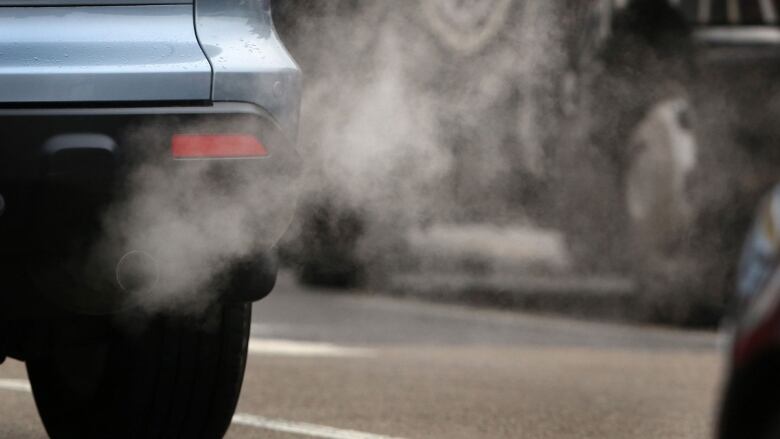P.E.I. government unveils plan to reduce greenhouse gas emissions
Transportation, home heating among the top priorities

Encouraging residents to be less reliant on gasoline and oil for transportation and home heating are among the key ways the P.E.I. government hopes to achieve its goals to reduce greenhouse gas emissions.
Last fall, the province announced its goal to reach "net-zero energy" by 2030 and "net-zero greenhouse gas (GHG) emissions" by 2040.
Net-zero energy means producing no more GHGs from energy use than our land, ocean, and technologies can absorb.
On Thursday, the province unveiled some priorities on how it plans to achieve those goals.
The framework focuses on six pillars:
- Transforming the way Islanders move.
- Transitioning to cleaner and more efficient buildings.
- Shaping agriculture for P.E.I.'s transition to net zero.
- Removing carbon through forestry, technology and emerging opportunities.
- Creating a clean industry and waste advantage.
- Inspiring transformational change through leadership and engagement.
Data shows as a province, P.E.I. has the highest household emissions per capita in Canada.
According to the province, cars, trucks, buses, boats, off-road vehicles, and other transportation accounts for 44 per cent of GHGs emitted on P.E.I.
Agriculture including fertilizer use, livestock, and manure management makes up 25 per cent, and home and buildings that heat with fossil fuels, 18 per cent.
The province said it will reduce reliance on passenger vehicles and transition to zero-emission vehicles and non-emitting fuel sources.It plans to invest in active transportation routes across the province, expand the use and availability of affordable and dependable public transit in rural and urban areas, and develop alternative transportation solutions, such as car-sharing programs.
It also plans to make existing homes and buildings more energy efficient, and construct more efficient homes and buildings.












_(720p).jpg)


 OFFICIAL HD MUSIC VIDEO.jpg)
.jpg)



























































































